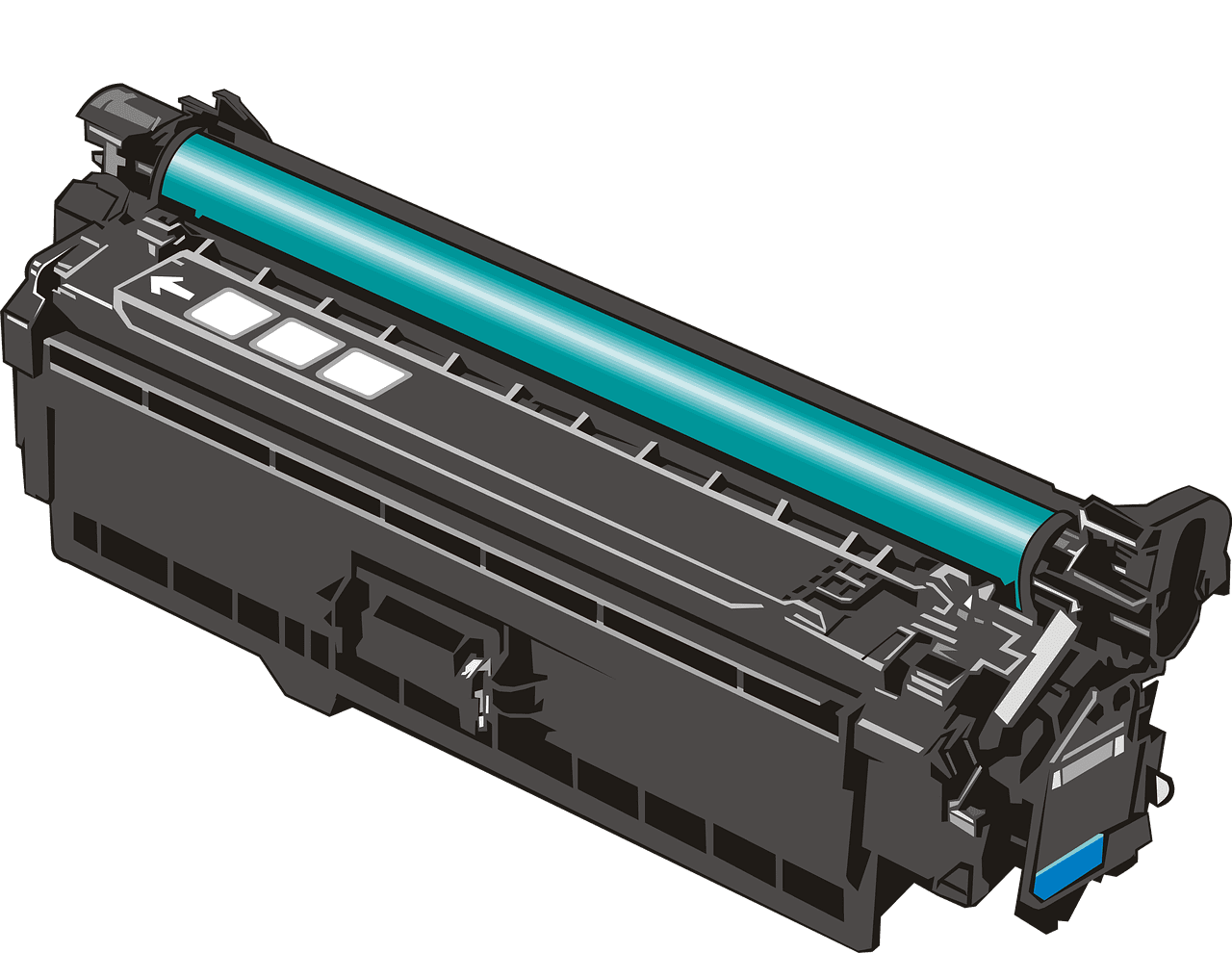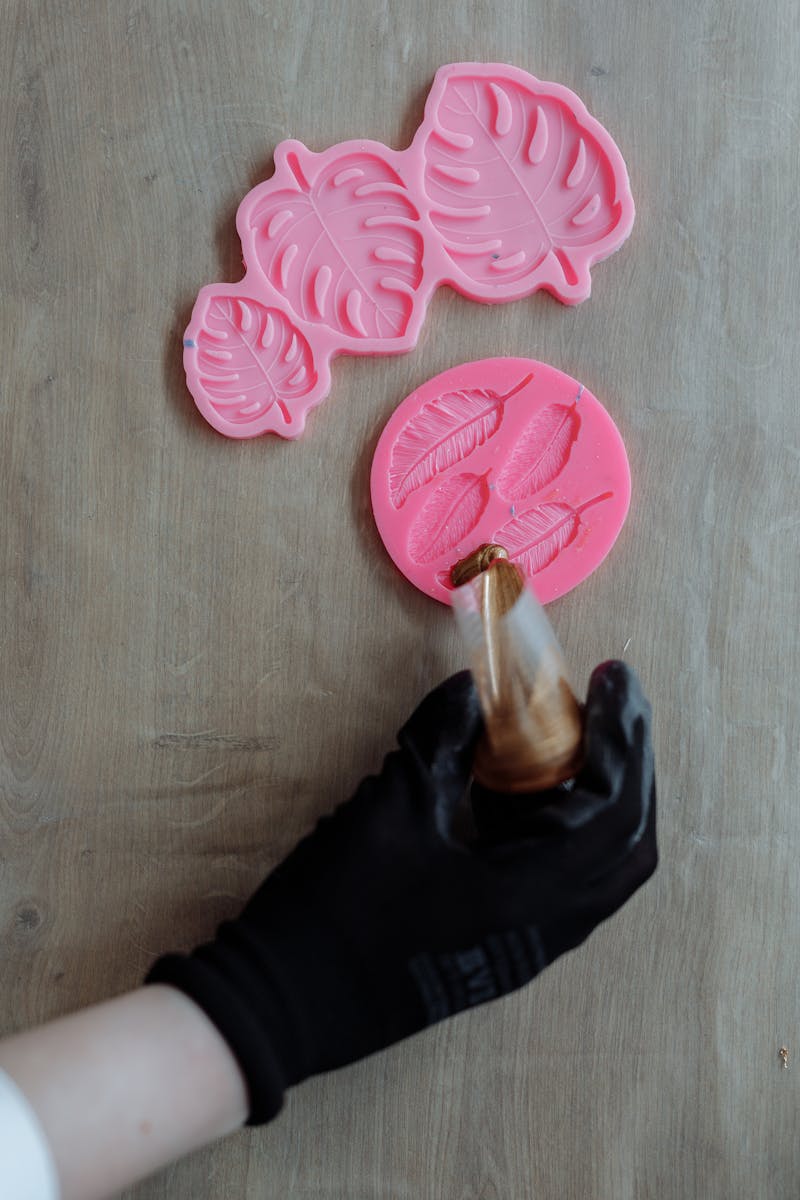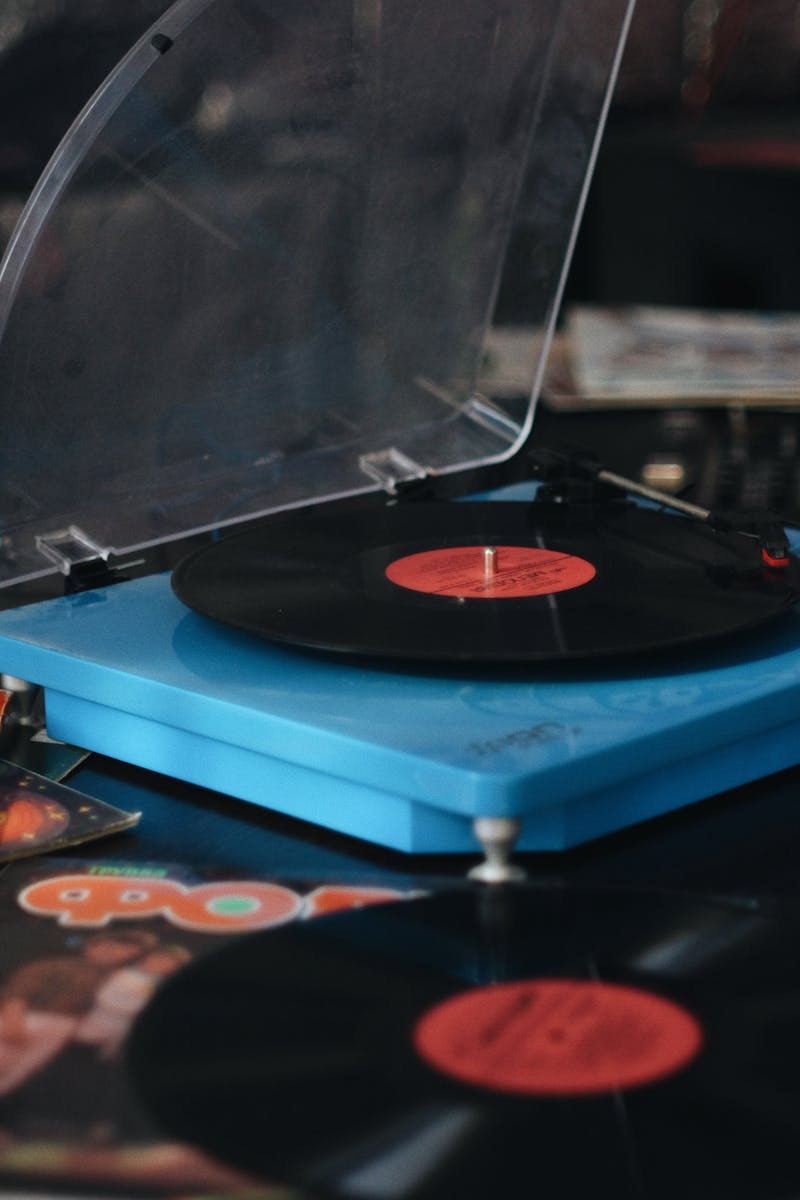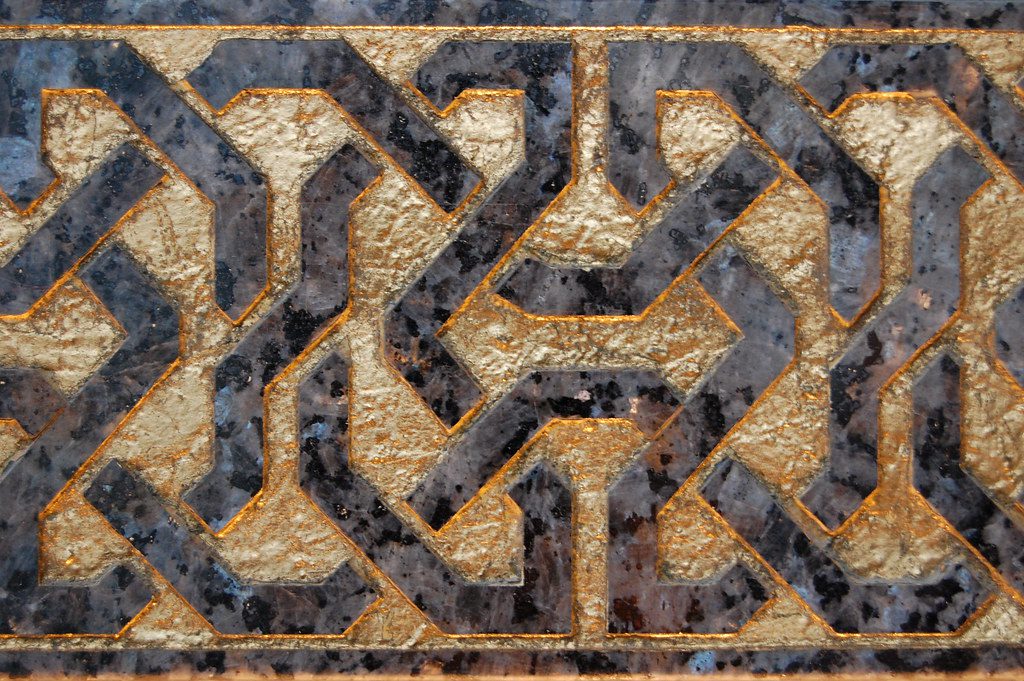
Can You Sublimate on Glass?
One of the most common applications for sublimation printing is on glass, where it … Read more

One of the most common applications for sublimation printing is on glass, where it … Read more

When looking for the best polyester spray for sublimation, you want to find one … Read more

Searching for the best white toner printer can be daunting if you’re unsure what … Read more

If you’re looking for the perfect sweatshirt to show off your custom sublimation printing … Read more

If you are looking for a way to cut sublimation paper quickly and accurately, … Read more

Sublimation is a unique process that allows you to transfer images or designs onto … Read more

The possibilities of sublimation printing are endless—including the question you’ve been asking yourself: can … Read more

If you’re looking for a way to spruce up your craft projects, clear HTV … Read more

Sublimation coating is a special type that transfers ink from a substrate to a … Read more

Are you curious about the possibilities of sublimation on cardstock? Sublimation is a printing … Read more